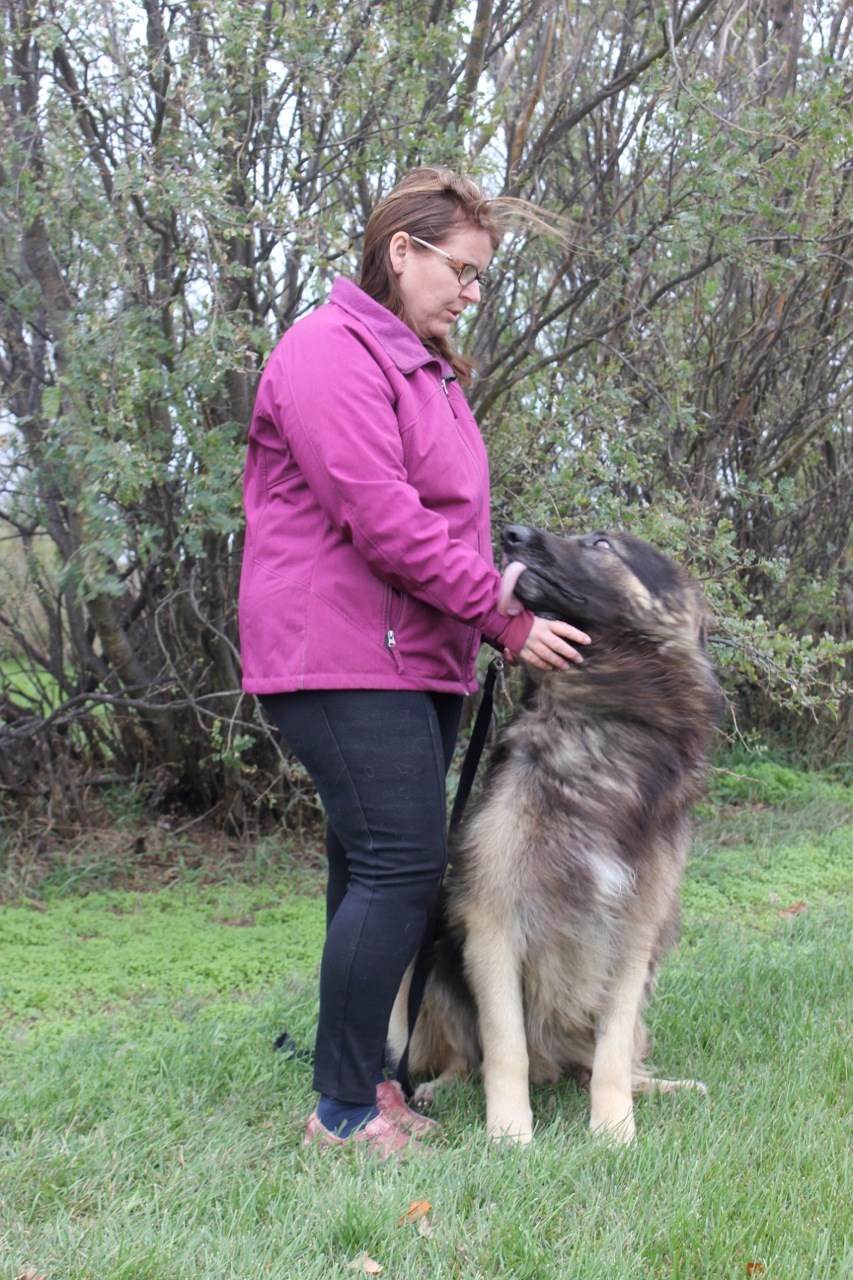Dogs are an inherent part of our lives, and more and more of them now join their hosts on planes and on any kind of occasions.
Usually when dogs are seen at places traditionally restricted for animals people believe they are service canines, trained to help with numerous tasks, activities and challenges and allowed to join their owners everywhere.
There is a number of special dogs in Estevan as well. The Mercury reached out to Dawn Klassen, who’s been doing various training including service dogs for years, to find out how service dogs are different from other pets.
It turned out that the reality is more complicated than the simple widespread assumption that all dogs are either service dogs or regular pets. There are dogs that are trained to work in public with their handlers, a lot of which are service dogs but not necessarily.
“There are court-appointed dogs, there are trauma dogs … certain companies will utilize … for counselling, for traumatized children, for witnesses, in court. Those are types of working dogs that are also a service dog,” said Klassen.
Police, search and rescue, as well as assistance dogs also belong to this category. These dogs when on duty can sometimes be identified by their handler’s appearance and in most cases would be wearing a special vest and a collar tag.
To become a service dogs these animals go through long, multistep, extensive and expensive training. And when the training is completed, the dog receives an individual certificate verifying its skills and thus confirming that the animal is allowed to work in public places.
But there are more categories of specially trained canines, for example, therapy dogs.
“Therapy dogs are often dogs that are trained in calming and soothing behaviors to help people in tense environments,” said Klassen.
There is a lot of skills and behaviour patterns dogs need to learn to be categorized as therapy.
But even after the proper training, therapy dogs don’t have public access except for the individual facilities that give their approval.
When properly trained they go into care homes, hospitals, schools and other places where there are groups of people. These dogs allow strangers to physically interact with them in order to comfort them. Other dogs assist people with psychological traumas.
There are also emotional support dogs (ESD), which by their presence calm and comfort people. They usually work long-term with one person and don’t go through any specific task training. ESDs don’t have public access except by special approval in specific facilities.
Thus, only service and assistance dogs, which have to have certificates and are vital to professional tasks or health conditions of their handlers, have public access. But Klassen noted that some people are misleading the public claiming their therapy dogs as service dogs.
“They use those artificial permissions because they’ve decided their dog is trained, to utilize public access that their dog shouldn’t have,” said Klassen.
Service dogs are extremely well behaved and are no threat. However, the home-trained or as Klassen called them the “fraudulent” dogs might be unpredictable and cause problems.
Even though, there is no 100 per cent way of distinguishing service dogs, since many people just print out the certificates, if concerned with dogs appearance or behaviour public place representatives can always contact the certifying agency and check the number on a provided certificate to ensure it’s genuine.




